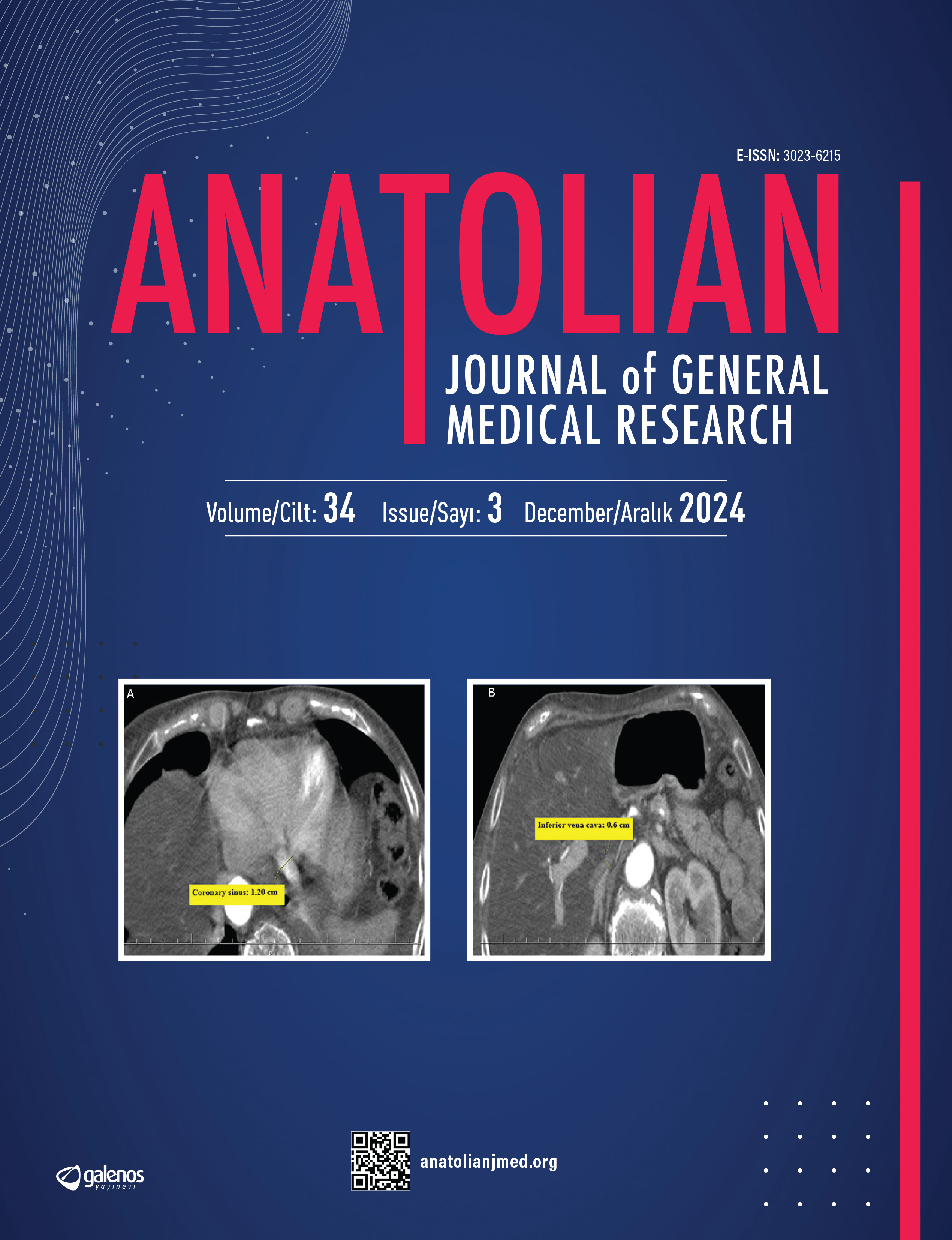








The Investigation of the Effects of a Novel Missense Mutation in Katanin-like 2 (KATNAL2) Gene on Microtubule-related Proteins in Patient Fibroblasts Using a Proteomic Approach
Ayşe Semra Hız1, Ahmet Yaramış2, Ece Sönmezler3, Yavuz Oktay31Dokuz Eylül University Faculty of Medicine, Department of Pediatric Neurology, İzmir, Turkey2Private Child Neurology Clinic, Diyarbakır, Turkey
3İzmir Biomedicine and Genome Center, İzmir, Turkey
Objective: The proteome is all the proteins produced or modified by an organism or system. Proteomics, which is an important component of functional genomics, describes the detection and characterization of a complete set of proteins present in a cell, organ, or organism at a given time. The katanin-like 2 (KATNAL2) gene encodes a protein with a microtubule-severing function, based on studies in cell cultures and lower organisms. However, there are no functional studies investigating the function of this gene in humans, yet. In this study, we aimed to perform proteomic analysis to investigate the effects of the variant in the KATNAL2 gene on the binding of various proteins to microtubules in the fibroblasts of a patient with epilepsy, autistic symptoms and intellectual disability with a homozygous pathogenic variant in the KATNAL2 gene.
Methods: Fibroblasts obtained from the patient by skin biopsy were grown in cell culture and protein isolation was performed from them. Following pelleting of microtubules and associated proteins, proteomic analysis was performed using liquid chromatography followed by tandem mass spectrometry.
Results: Quantitative data analysis was performed using the SAINTexpress tool on 5 different fractions cut from the gel, identifying 1246 proteins, 38 of which differentially bound to microtubules between patient and control cells. The data obtained from the proteomic and the bioinformatic analyzes indicate that because of the mutation in the KATNAL2 gene in the patient, the extracellular matrix proteins such as collagens that interact with the cytoskeleton are organized differently from those in normal cells.
Conclusion: Here, we leveraged the power of proteomics to identify the altered interactome of the microtubules in skin fibroblasts with a missense mutation in KATNAL2. Our results point to altered extracellular matrix-cell interactions in KATNAL2-mutant fibroblasts.
Manuscript Language: English
(514 downloaded)




